Look no further for your answer to the commonly asked question, "¼ cup is how many ounces?" The quick and easy answer is this: there are 2 ounces in ¼ of a cup.
But before you start converting cups to ounces, let me give you two important tips to help you with your conversion.
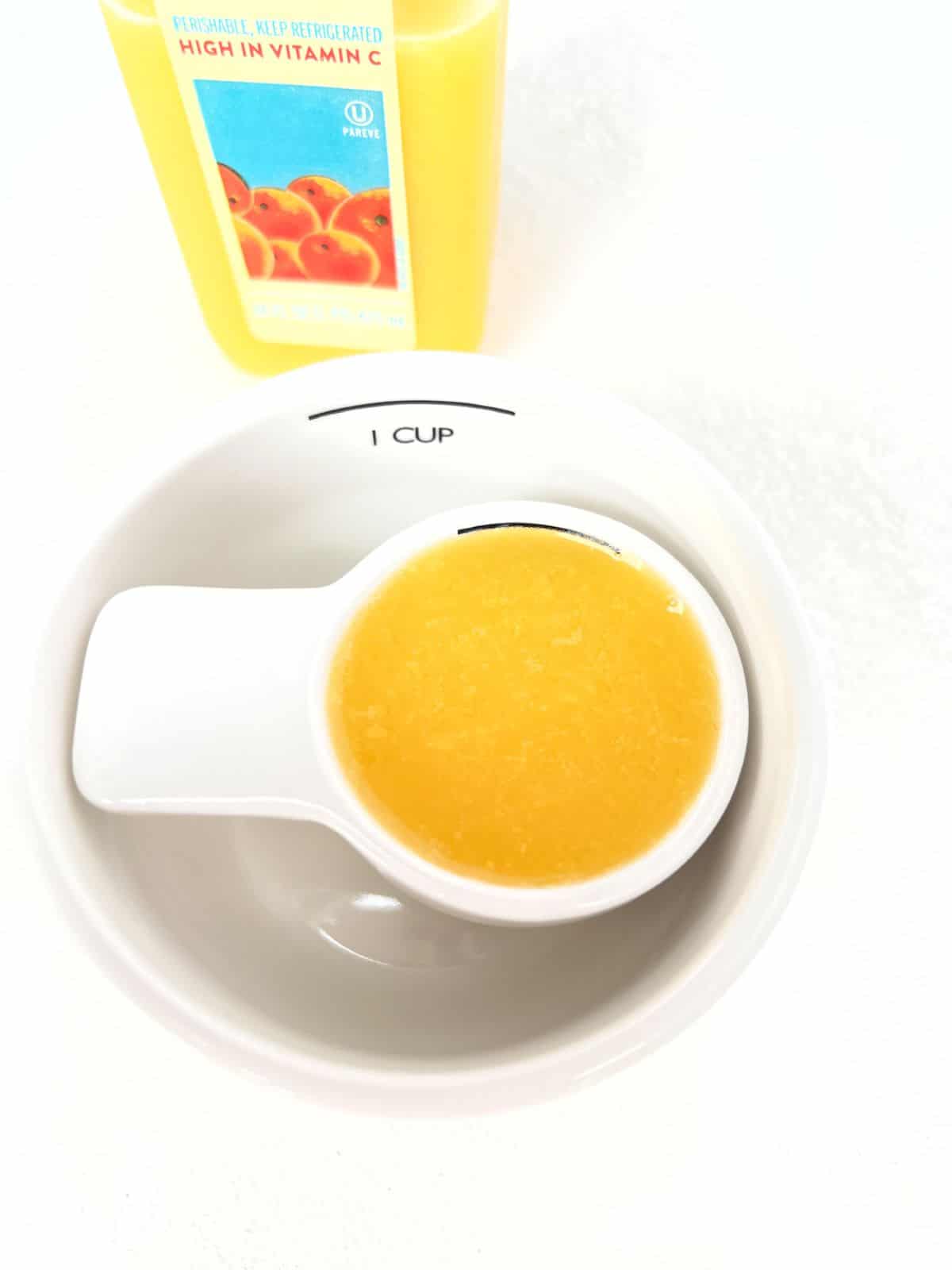
Whether you are measuring ingredients for a marinade, energy bites, or cupcakes, it's important to measure each ingredient accurately. And, I don't know about you, but when you're new to cooking, there's nothing more frustrating than trying to figure out how to properly measure ingredients, especially when you're in a hurry.
Still, just like when converting tablespoons to cups, if you don't take an extra minute to pause and make sure you're measuring properly, you can really mess up a recipe. This is why I created this short and sweet post to help you figure out just how many ounces are in a quarter of a cup quick. Let's get to it!
Jump to:
How Many Ounces are in ¼ Cup
Tip #1 First, memorize how many ounces are in a cup. From there, you can easily figure out how many ounces are in ¼ cup, ½ cup, etc. There are 8 ounces in one cup, so 2 ounces in ¼ cup.
If you do a little research, you will learn that there are different measurement systems, like US Customary and US Legal measurements. A legal cup is currently used in the United States for labeling and is what I refer to as a measuring cup in my recipes. The Imperial Cup is the English unit of volume, it's derived from the metric system.
While there might be a slight difference between the two measurement systems when you convert cups to ounces, it's not enough of a difference to impact most recipes, especially if you are using the same measuring cup set for all ingredients in a recipe. At least, this has been my experience.
For instance, there are 240 milliliters in a legal cup (8 liquid ounces), while there are 250 milliliters in an imperial cup (8.33 liquid ounces). These numbers refer to volume, not weight.
How to Measure ¼ Cup in Ounces
For the purposes of standard household measurements, 'ounces' most often refers to 'liquid ounces.'
- The best and most accurate way to measure liquid ounces is to use glass or plastic liquid measuring cups. Most liquid measuring cups have both 'cups' and 'ounce' measurement lines on them.
- To measure ¼ cup in ounces, pour the ingredient in a liquid measuring cup until it reaches the '2 ounce' line.
- A one ounce shot glass can be used for measuring one ounce at a time. To measure ¼ cup using a shot glass, you would need to fill the one ounce shot glass to the 'one ounce' line two times in order to measure 2 ounces which equals ¼ of a cup.
- The most accurate way to measure dry ingredients in ounces is to use a kitchen scale.
How to Convert Ounces to Cups of Dry Ingredients
Tip #2 Ounces and liquid ounces are not the same thing. In other words, converting ounces of dry ingredients to cups is different than converting liquid ounces to cups. An ounce is a measurement of weight, while a liquid ounce is a measure of volume.
Dry ingredients are typically measured by grams or by using measuring cups and spoons. In fact, I don't think I've ever come across a recipe that asks you to measure dry ingredients by the ounce.
If you are following a recipe that asks you to measure dry ingredients in grams and does not provide the equivalent amount in cups, you should use a kitchen scale to measure grams accurately. The only exception to this would be if you could get information on how many grams are in one cup of the ingredient you are measuring.
Still, unless you are a professional baker or making a bread or cake recipe that is super dependent on precise measurements of ingredients, you likely won't have to worry about this.
It's important to know that the most accurate way to measure ounces of dry ingredients is to measure it by weight using a food scale.
Conversion Notes
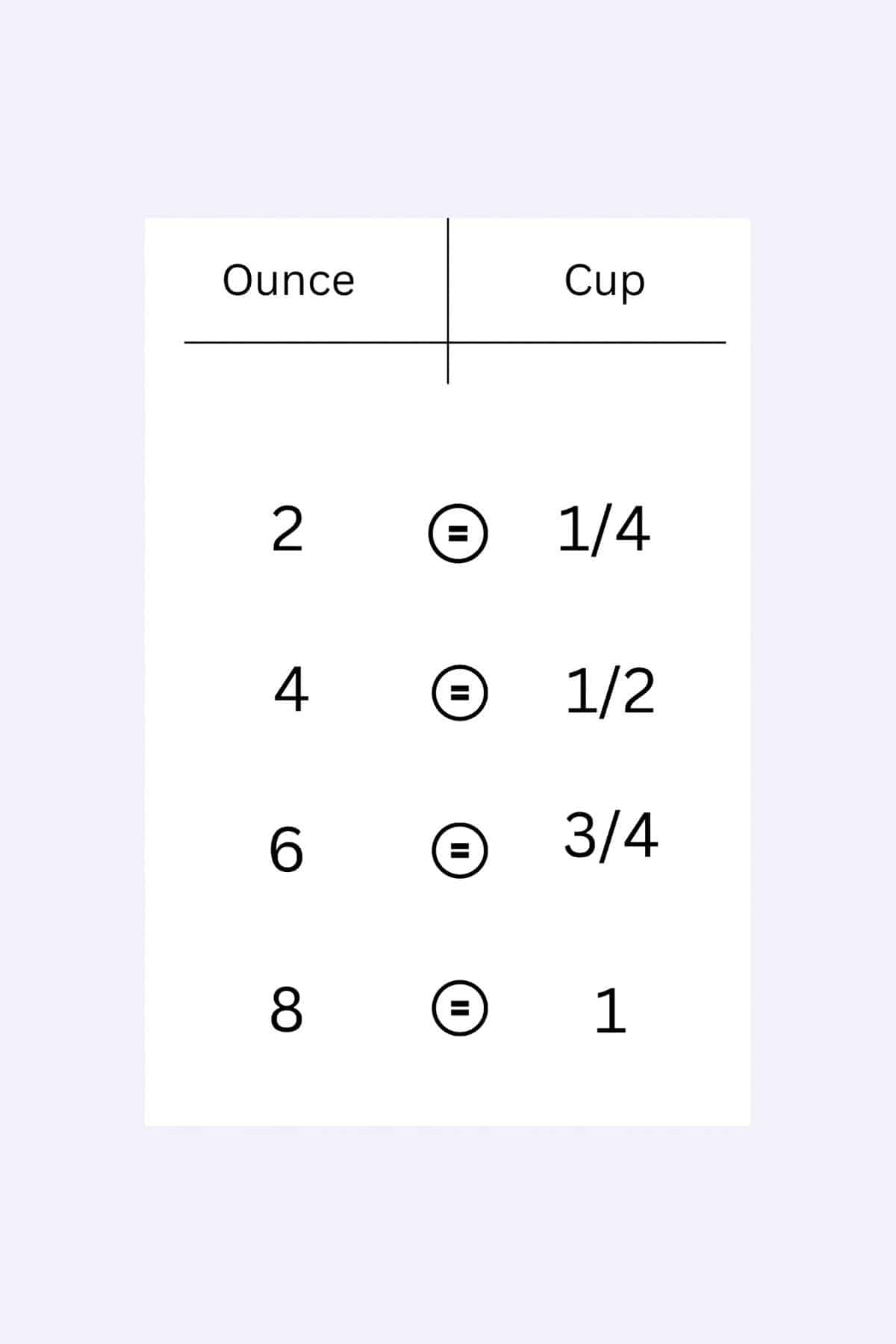
- If you can remember that there are 8 fluid ounces in one cup, then the rest is simple math. For instance, if you are making a big pot of soup for an event and the recipe calls for 112 ounces of water or broth, just divide 112 by 8 to get the number of cups (this would equal 14 cups).
- If a recipe calls for 2 ounces of a liquid, simply divide 2 by 8 (there are 8 ounces in one cup). This equals 0.25, or ¼ cup.
- If you will be multiplying a recipe, it's also helpful to know that there are two cups in one pint, and two pints (or 4 cups) in a quart.
- You will often see 'quarts' mentioned with food storage bags or containers. For instance, when I freeze berries or bananas, I often use the 'quart sized' freezer-safe Ziploc bags.
- All you need is a simple calculator, like the one on your smartphone, for cups conversion.
Dietitian Mom Tip
So many kids ask, "why do I need to do math? I'll never use it!" Not true, lol!
Asking your kids to help you with measurement conversions is a fun and practical way for them to practice math. Even if you don't really need to know how many ounces are in a quarter of a cup, you can ask them if they can figure it out.
For instance, if they are just starting out with division, ask them this: If there are 8 ounces in one cup, how many ounces are in a quarter of a cup? And if they are older and are able to look up information themselves, say something like, "this recipe calls for 4 ounces of milk. I only have a one-quarter cup measurer, can you figure out how many ounces are in a quarter of a cup?
Questions You May Have
2 ounces of cream cheese equals ¼ cup.
The most accurate way to measure cheese is by weight. But if you don't have a food scale or are given amounts in cups, you can follow this guide provided by Wisconsin Cheese:
There are about 1.5 ounces in ¼ cup of soft or crumbly cheese, 1 ounce in ¼ cup of semi-hard cheese (like cheddar), and 0.75 ounce in ¼ cup of hard cheese (like parmesan).
There are 2 ounces in ¼ cup of water.
There are 2 ounces in ¼ cup of butter.
Did I answer your question of "¼ cup is how many ounces?" I certainly hope so! Please let me know by leaving a comment below!
Follow me @carrots.and.cookies on Instagram for more nutrition tips and easy recipes that are kid-tested and parent-approved!


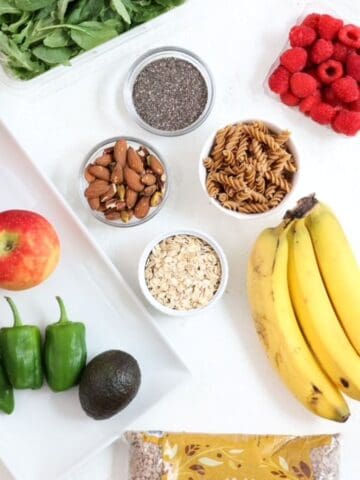
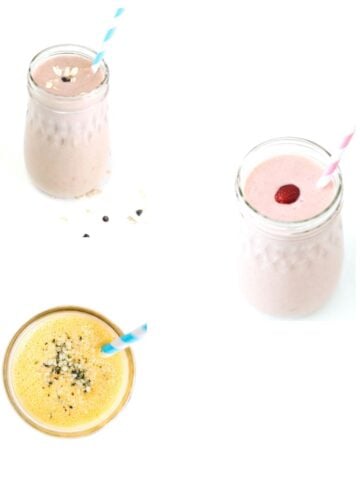
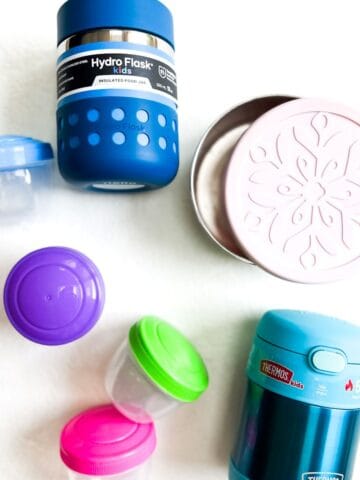
Leave a Reply